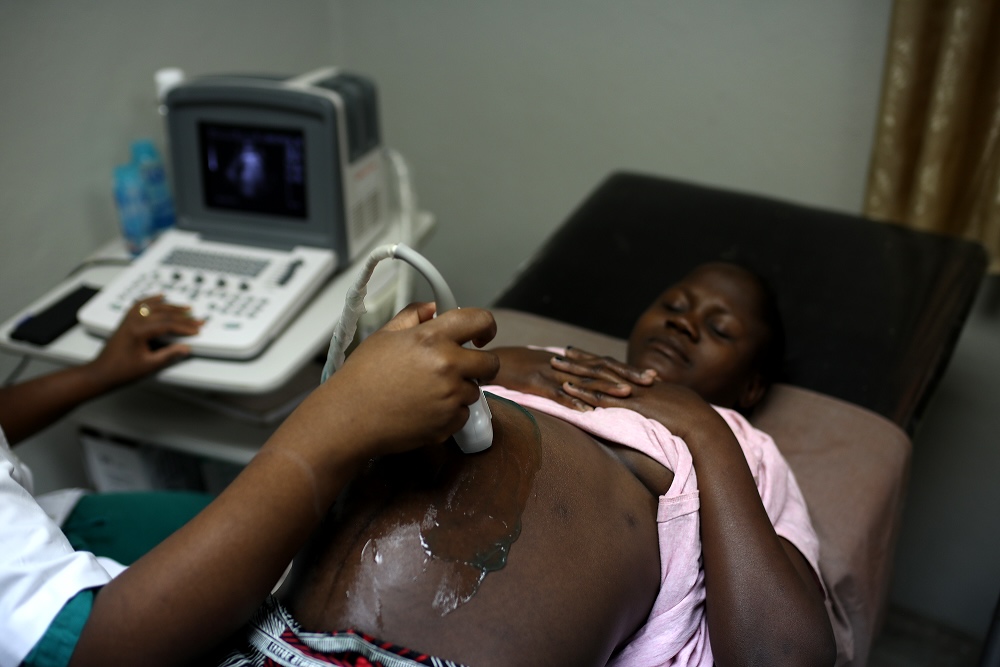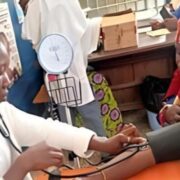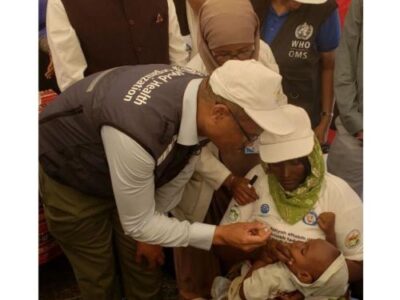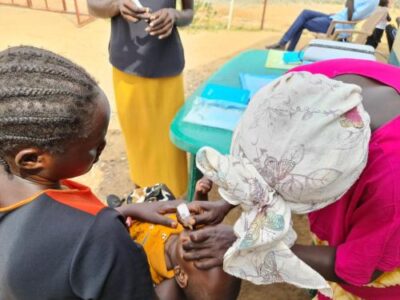
Maputo – Since 2018, Maulete Joaquim has experienced two complication-free births at Songo Rural Hospital in Mozambique’s western Tete province; she gave birth to her youngest daughter here in 2023. “The hospital takes really good care of their patients,” she says. “Everything went well and all three of us are fine up to today.”
For many years, this was all too often not the case for women in Mozambique, where a protracted civil war had a devastating impact on public health services and infrastructure. Largely because of this legacy, in the year 2000, Mozambique had one of the world’s highest rates of maternal mortality, with roughly one in 160 women dying from pregnancy or childbirth complications.
However, the country has since made significant strides in reversing this trend by making maternal health one of its top priorities, saving the lives of thousands of women like Joaquim. In 2023, Mozambique’s maternal mortality ratio was 223 deaths per 100 000 live births, equating to an over 50% decrease from 2000.
Several critical interventions have contributed to this dramatic sea change. Among them, health authorities have made concerted efforts to expand both the sector’s infrastructure and its workforce. Between 2017 and 2021, 106 new health facilities were opened across the country, increasing access to health services. During the same period, the health sector’s overall human resources increased by around 15%, with a similar increase in health technicians.
“The hospital takes really good care of their patients. Everything went well and all three of us are fine up to today.” Maulete Joaquim, mother.
“One of the actions that has made a major contribution to our efforts was the training of maternal and child health nurses, who play an extremely important role,” says Dr Caetano Pereira, Chair of the Ministry of Health’s National Committee on Maternal, Neonatal and Perinatal deaths. “Now, we are trying to accelerate this training in order to cover ever more health areas, particularly rural areas, where we know women are most in need.”
World Health Organization (WHO) has been a key partner in Mozambique’s ongoing bid to reach the ambitious United Nations Sustainable Development Goal for maternal mortality of less than 70 deaths per 100 000 live births by 2030.
WHO supported the country to establish a maternal death surveillance and response system, which includes the identification, notification, discussion and response to all maternal deaths. The system is critical for reduction of maternal mortality because defines the necessary actions to prevent reoccurrence.
“The goal is always to keep increasing institutional deliveries.” Dosmin Quintino, Director, Maroeira Health Centre, Songo.
In 2019, the Organization provided technical and financial support to the Ministry of Health to update the training package on Emergency Obstetric and Neonatal Care, which was followed by the training of 40 national trainers across all 11 of Mozambique’s provinces.
In 2021, WHO also collaborated with health authorities to shape a comprehensive community health strategy. The Ministry of Health began to implement the strategy in 2022, initially in six provinces and now in all 10, with a particular focus on increasing the capacity of community health workers for early risk identification among pregnant women and their timely referral from the community to health facilities.
Jorge Camilo Guemo, a community health worker in the town of Songo, is one of the 167 beneficiaries of a competency-based training provided by the Ministry of Health, with WHO support, as part of this new strategy. The training equipped him with skills in disease identification, first aid provision, population monitoring and community mobilization.

In terms of the latter, Guemo says this has helped community health workers like him to get more women to go to healthcare facilities to monitor their pregnancies and, eventually, give birth safely.
“We’ve made pregnant women aware that they should go to their nearest health centre and register their pregnancy as early as the third month, then the mother and the baby’s condition will be monitored regularly all the way from then through to birth,” he says. “Before, a lot of women were not being monitored and were giving birth at home, which contributed to maternal mortality because there is not the same control at home that you have in a health centre. But now, there has been an improvement.”
A recent survey by the Demographic and Health Surveys (DHS) Programme shows that Guemo’s experience in Songo reflects a wider national trend. According to the survey, in 2023, 65% of live births in Mozambique occurred in healthcare facilities, up from 50% in 2003. This is consequential in a country where the maternal mortality ratio more than doubles for births that occur outside of such facilities.
“The goal is always to keep increasing institutional deliveries,” says Dosmin Quintino, Director of the Maroeira Health Centre in Songo. “Every day, we are trying to ensure that this message is being taken up in the community, and with their help, we are certainly seeing progress.”
“Mozambique has made commendable efforts to drive down maternal mortality,” says Dr Severin Ritter Von Xylander, WHO Representative in Mozambique. “If the country can maintain the annual reduction it has observed over the last five years, it is on course to reach the sustainable development goal for maternal mortality by 2030, saving countless lives in the process.”










Comments